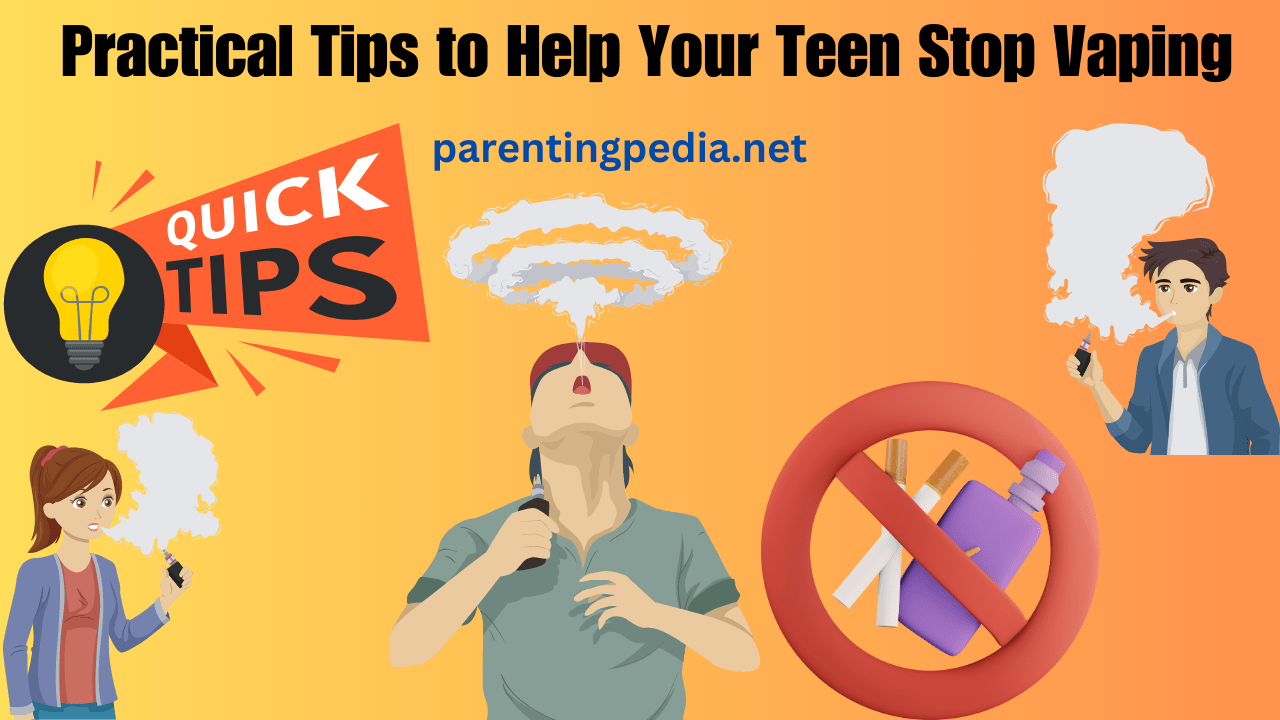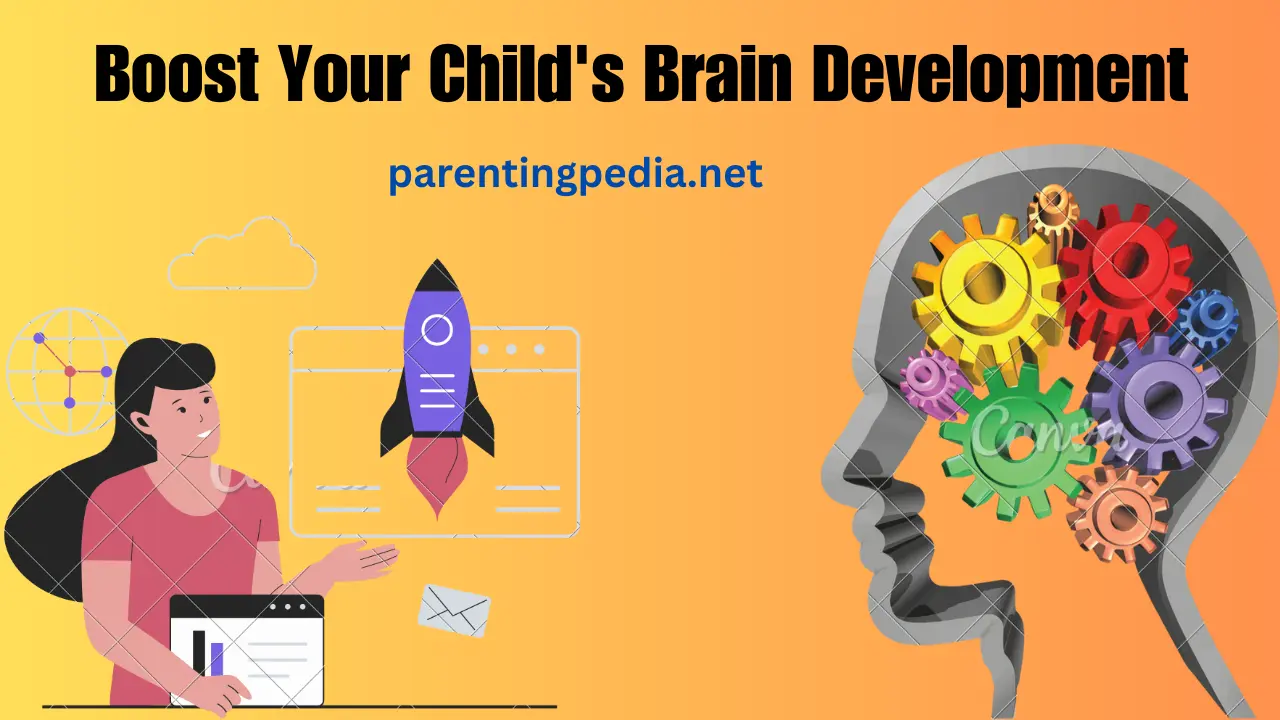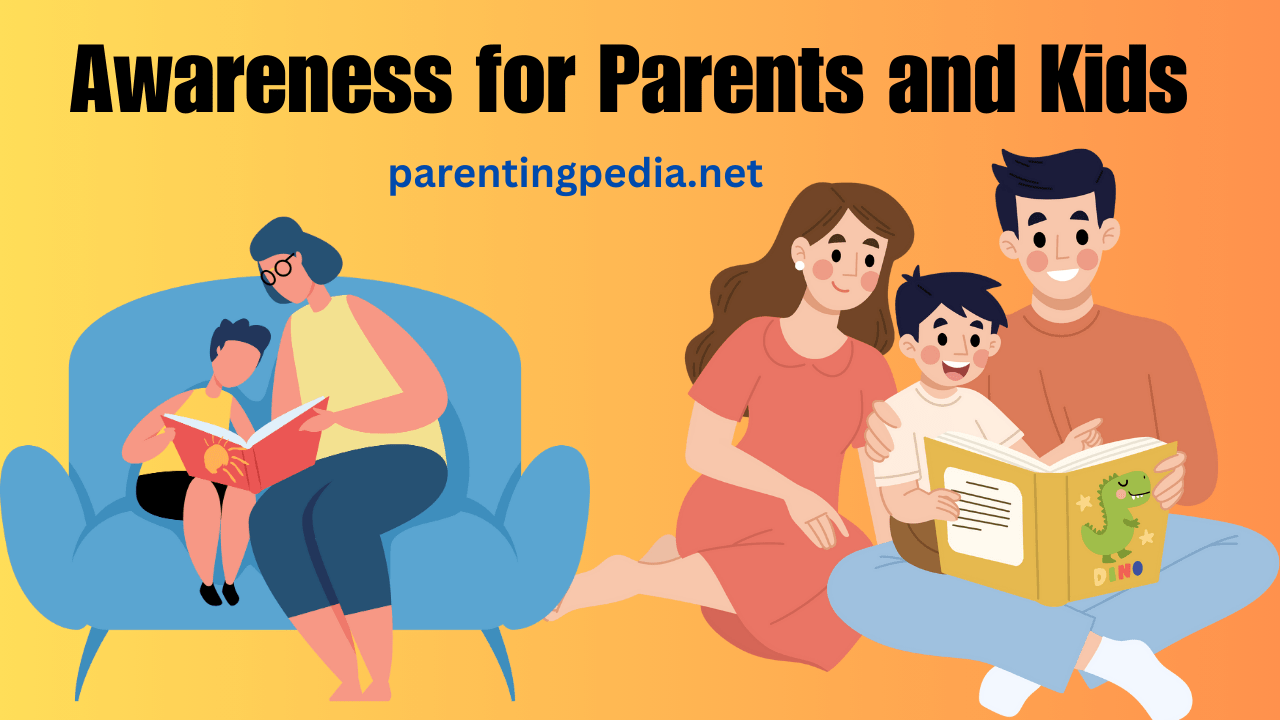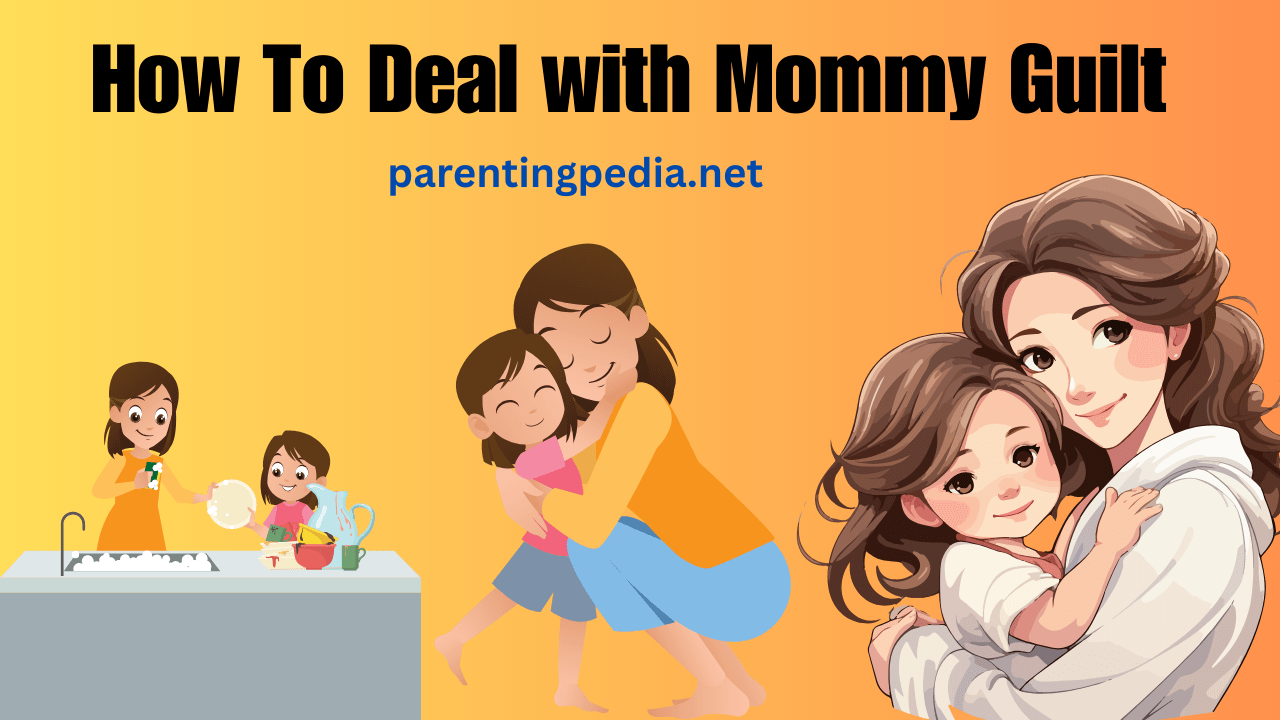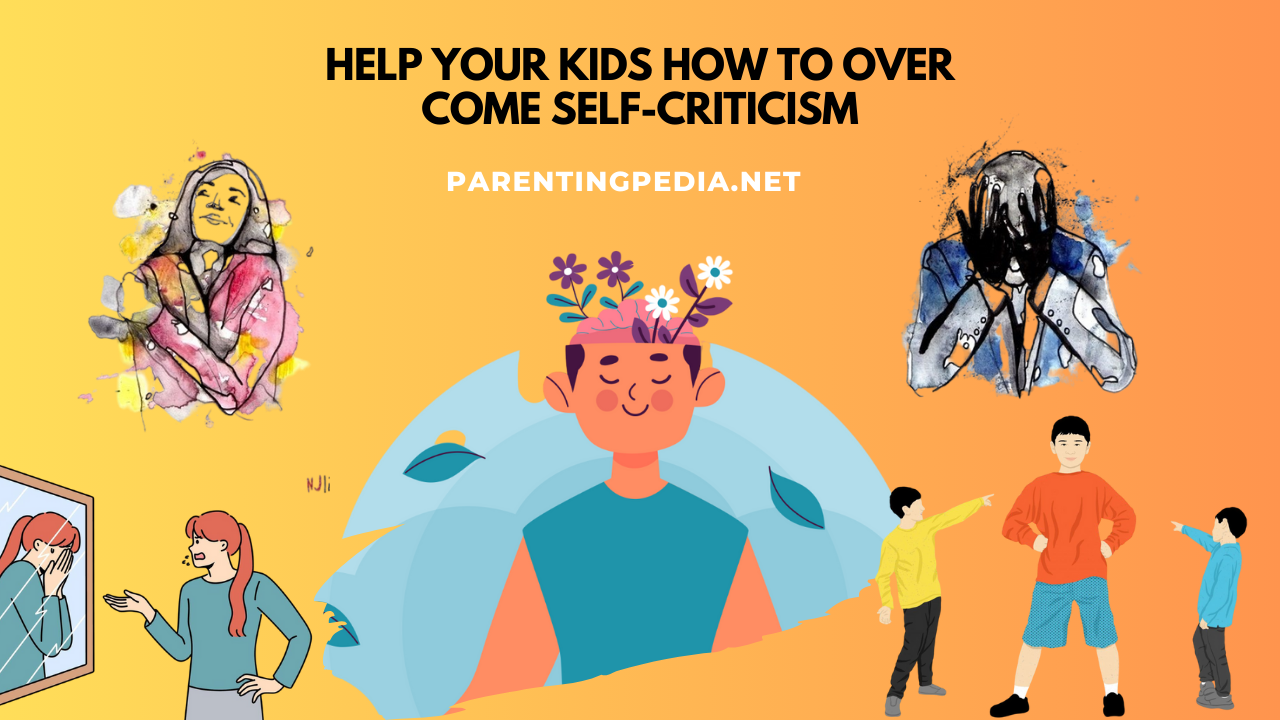practical tips and expert advice to help your teen quit vaping. From setting small goals to showing compassion, learn how to support your child in giving up e-cigarettes.
In the fast-paced world of teens and young adults, vaping has become an alarming trend. The widespread availability of vaping products has led to an increase in the number of teens trying out these devices.
If you’ve noticed your teen is vaping and want to help them quit, you’re not alone. This blog post provides practical tips, free from corporate jargon, to assist you in supporting your teen on their journey to quit vaping.
Understanding the Vaping Landscape
FAQ: What makes vaping so addictive among youth?
Vaping isn’t just about blowing off steam; it’s often about nicotine addiction. Many vaping products, including e-cigarettes, contain nicotine – a highly addictive substance that hooks users, especially young people, quickly. Understanding this is crucial when devising strategies to help your teen quit.
FAQ: Are there health risks associated with vaping?
Yes, there are. The Centers for Disease Control and Prevention (CDC) has raised concerns about the health risks associated with vaping. From lung disease to nicotine dependence, the effects of vaping can be serious. It’s important to be aware of these risks to motivate your teen to quit successfully.
Identifying Signs of Teen Vaping
FAQ: How can I tell if my teen is vaping?
Keep an eye out for signs like increased thirst, unexplained sweet smells, nosebleeds, or changes in behavior. If your teen is using vaping devices, it’s crucial to address the issue promptly.
Motivating Your Teen to Quit
Tip 1: Understand Their Perspective
Start by having an open and honest conversation with your teen. Listen to their reasons for vaping without judgment. Understanding their perspective will help you tailor your approach to better support their needs.
Tip 2: Boost Their Motivation
Motivation to quit is a key factor in a successful journey. Encourage your teen to list the reasons they want to quit and revisit this list when the going gets tough. Reminding them of the health risks and potential consequences can be a powerful motivator.
Tip 3: Set a Quit Date
Help your teen commit to quitting by setting a quit date. This provides a clear goal and helps them mentally prepare for the challenge ahead. Make sure it’s a date that suits their schedule and allows them to focus on the process.
Practical Tips for Quitting
Tip 4: Try Nicotine Replacement Therapy (NRT)
Nicotine replacement therapy (NRT) can be an effective tool to manage withdrawal symptoms. Products like patches, gum, or lozenges provide a controlled dose of nicotine without the harmful chemicals found in vaping products. practical tips during Consult a healthcare professional to determine the most suitable option for your teen.
Tip 5: Use Peer Support
Teens are heavily influenced by their peers. Encourage your teen to connect with friends who have successfully quit vaping or are also trying to quit. Having a support system can make the journey more manageable.
Tip 6: Educate Them on the Dangers of Vaping
Share facts about vaping and its associated health risks. Understanding the potential consequences can be a strong deterrent for many teens. Knowledge is power, and it can empower your teen to make informed decisions about their health.
Overcoming Challenges
Tip 7: Address Withdrawal Symptoms
Withdrawal symptoms can be challenging, but they are a natural part of the quitting process. Help your teen cope with symptoms like irritability, headaches, or cravings by offering emotional support and suggesting healthy coping mechanisms such as exercise or mindfulness.
Tip 8: Replace the Habit with Healthy Alternatives
Replace the act of vaping with healthier alternatives. Encourage your teen to pick up a new hobby, engage in physical activities, or join clubs at school. Keeping busy can distract them from cravings and contribute to a positive lifestyle change.
Pros of Practical Tips to Help Your Teen Stop Vaping
1. Improved Health and Well-being:
- Pro: The primary benefit is the positive impact on your teen’s health. Quitting vaping reduces the risk of various health issues associated with vaping, including respiratory problems and nicotine dependence.
2. Empowerment and Self-Control:
- Pro: Implementing practical tips empowers your teen to take control of their habits. It fosters a sense of self-discipline and resilience, which can be beneficial in various aspects of life.
3. Enhanced Parent-Teen Communication:
- Pro: Addressing the issue of vaping opens up channels for honest communication between you and your teen. This improved communication can strengthen your relationship and build trust.
4. Positive Lifestyle Changes:
- Pro: Quitting vaping often leads to the adoption of healthier habits. Teens may engage in more physical activities, develop new hobbies, and experience an overall improvement in their lifestyle.
5. Reduced Peer Pressure Impact:
- Pro: Practical tips equip your teen with strategies to resist peer pressure. This helps them make independent, informed decisions, fostering a sense of confidence and self-reliance.
Cons of Practical Tips to Help Your Teen Stop Vaping
1. Resistance and Initial Discomfort:
- Con: Teens may resist the initial discomfort of quitting, leading to frustration and potential relapses. Implementing practical tips requires patience and persistence.
2. Withdrawal Symptoms:
- Con: Withdrawal symptoms, such as irritability and cravings, can be challenging for your teen. It may affect their mood and behavior during the initial stages of quitting.
3. Peer Pressure Challenges:
- Con: Overcoming peer pressure can be difficult. Your teen may face challenges from friends who continue to vape, potentially impacting their social dynamics.
4. Lack of Immediate Results:
- Con: The results of quitting vaping may not be immediate. Some teens may feel discouraged if they don’t see rapid improvements in their health or well-being.
Navigating Peer Pressure
FAQ: How can I help my teen resist peer pressure to vape?
Open communication is key. Talk to your teen about the pressures they may face and help them develop strategies to resist temptation. This may include practicing saying ‘no,’ having exit strategies for challenging situations, or choosing friends who support their decision to quit.
Seeking Professional Help
Tip 9: Consult with a Healthcare Professional
If your teen is finding it particularly challenging to quit, practical tips seeking professional help is a proactive step. Healthcare professionals can provide personalized advice, recommend appropriate cessation aids, and offer ongoing support.
Tip 10: Consider Support Groups
Support groups, whether in-person or online, practical tips provide a sense of community for individuals trying to quit. Your teen can share experiences, gain insights, and receive encouragement from others going through the same journey.
Conclusion
Helping your teen quit vaping is a challenging but essential endeavor. By using practical tips, understanding their perspective, and providing ongoing support, you can increase the likelihood of success. Remember, the journey to quit vaping is unique for each individual, and finding what works best for your teen may take time. Stay persistent, stay supportive, and celebrate every small victory on the path to a healthier, vape-free life.
Remember, the greatest reward of parenting lies in watching
your children soar with love and confidence.
Till then keep smiling and be happy 😊
👇 Worth Reading 👇
- Best of the web, when you’re a teen, asks for non-alcoholic beer and more
- Choosing the Best Musical Instrument for Children to Learn
- Finding Balance Becoming a Screen Smart Family
- When Life Sucks: A Conversation with Psychiatrist and Comedian Dr. Jo Prendergast
- Getting kids to talk about their feelings
- The case for banning corporal punishment of kids
- How Parents Can Help Kids Make Good Friends
- 13 Reasons Why? What Every Parent Needs to Know
- How to Get Your Teenager Off the Couch
- The Two Most Important Things You Can Say to Your Child
- 10 Tips to Help Your Teen Out of the Procrastination Trap
- Is your child being bullied, how parents can help?
- Taking care of emotions a guide for parents and their kids
- Getting Involved Parents Making a Difference
- How to manage your child’s self-criticism

